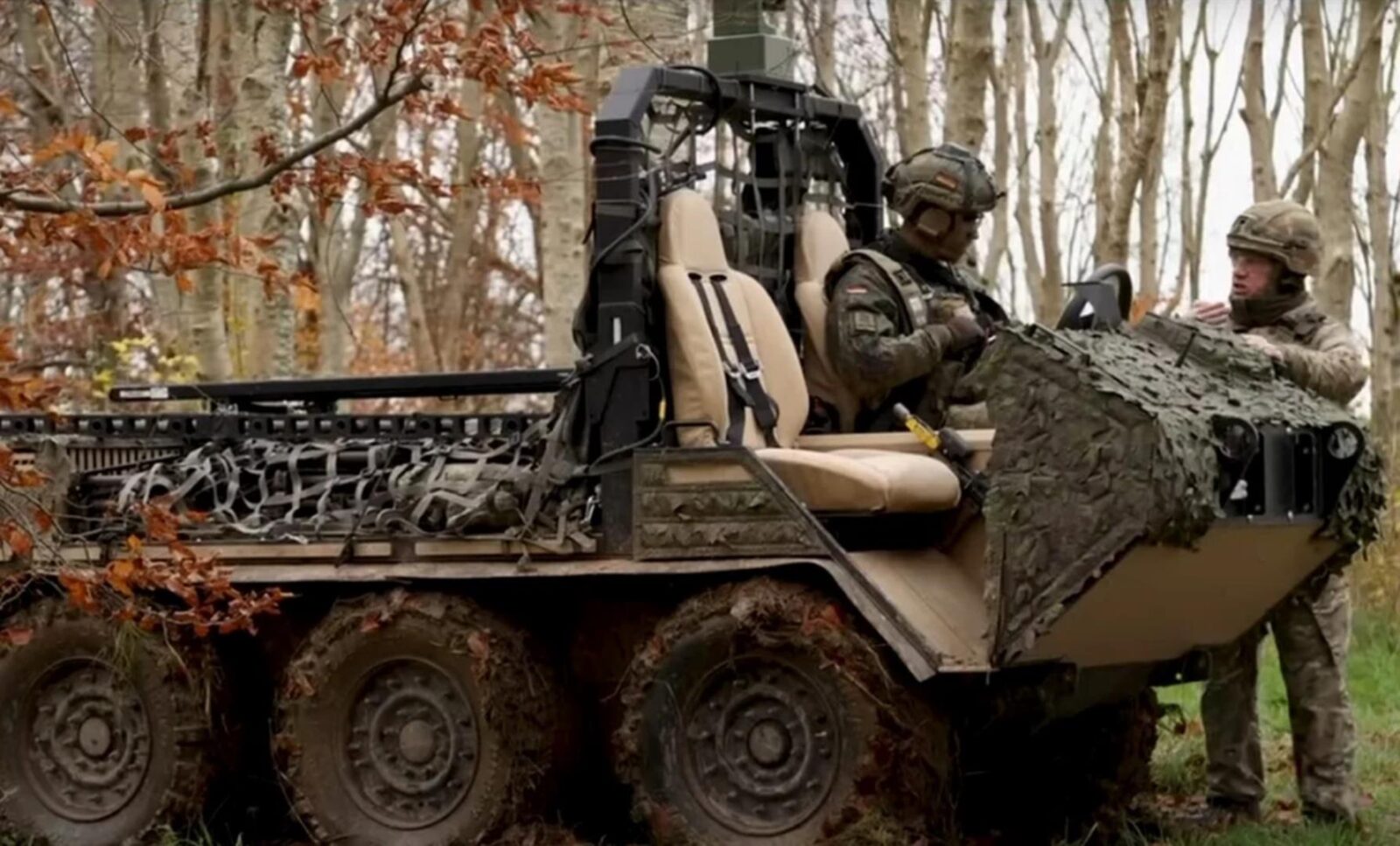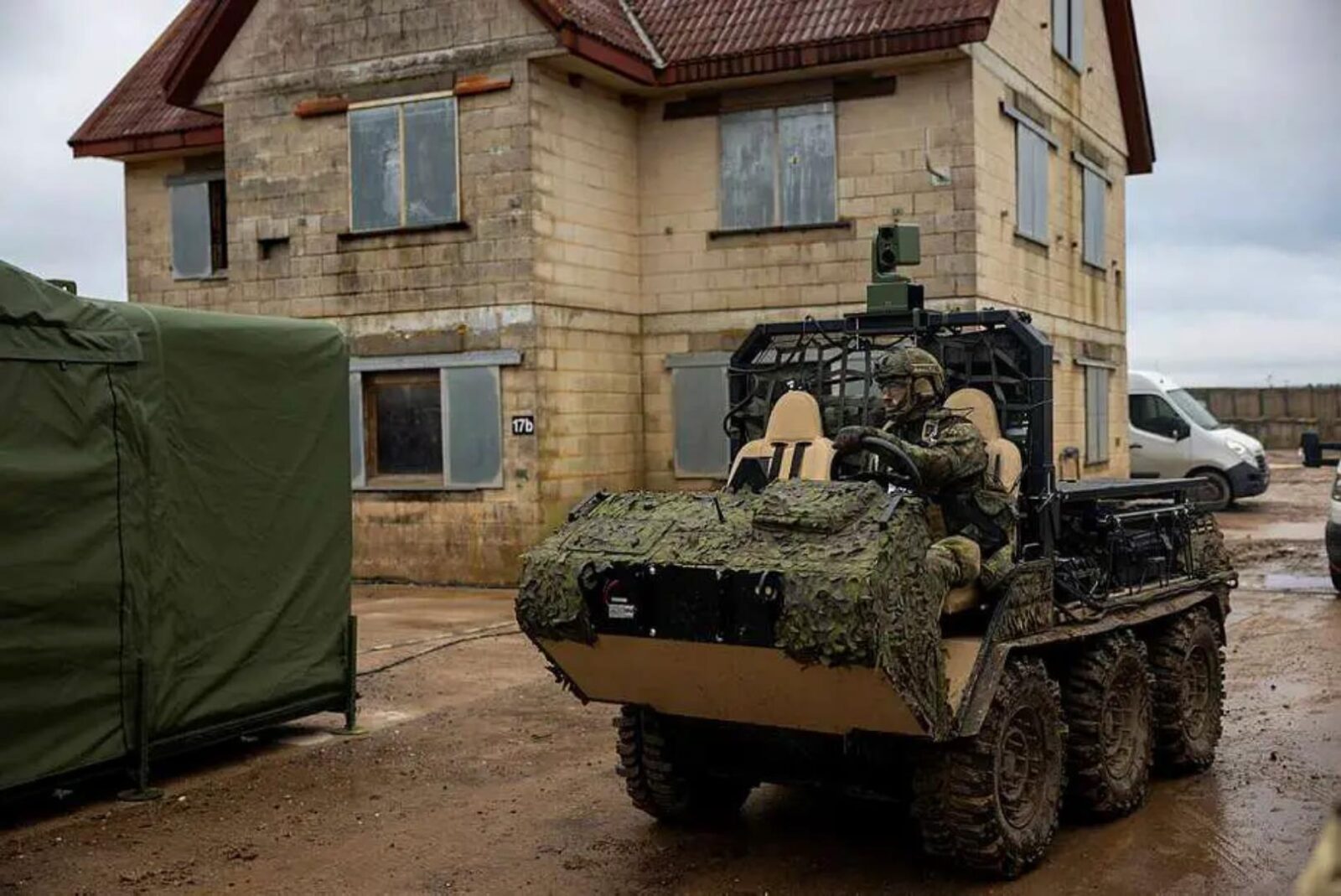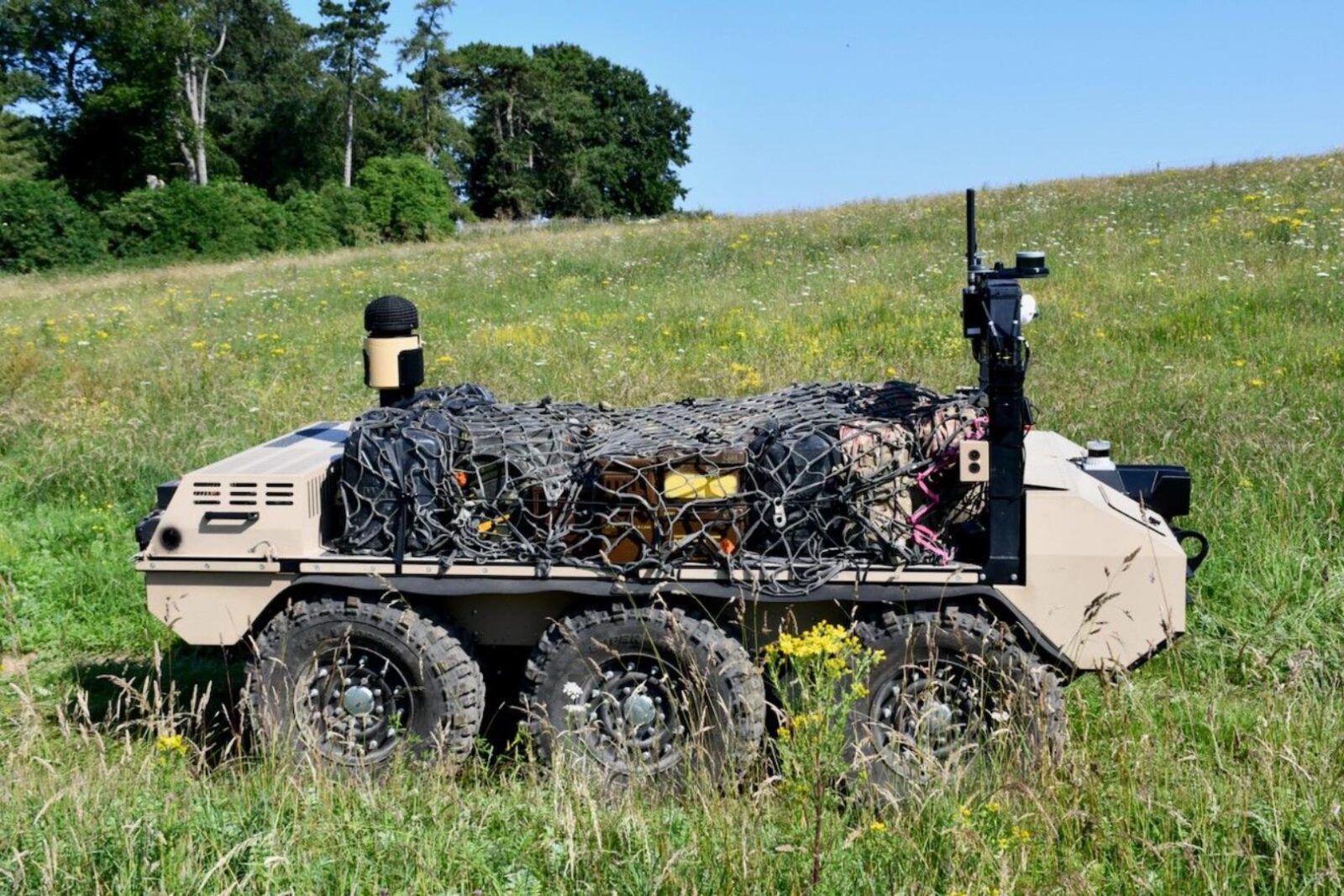Czym jest brytyjski HAWC i dlaczego otworzy nową erę w operacjach taktycznych?
Rozpoczęty oficjalnie w 2018 roku projekt HAWC jest wspólnym wysiłkiem wielu firm (Horiba Mira, QinetiQ i Lockheed Martin), brytyjskiej armii oraz specjalistów z dziedziny wojskowości (Dstl). Poczynione w nim postępy napędzane przez wstępne finansowanie w wysokości 3,2 mln funtów potwierdziły udaną współpracę wojskowo-przemysłową, której to efekty możemy właśnie podejrzeć. Wszystko dzięki prezentacji HAWC przez HIPPO Multipower podczas imprezy AWE 2023, która stanowi wręcz przełomowy moment w technologii wojskowej dla Wielkiej Brytanii.
Czytaj też: Białoruś wzmacnia wojsko. Piechota wyjedzie na front w pojazdach Volat V2

HAWC to hybrydowy i wielozadaniowy pojazd kołowy, który został zaprojektowany, aby znacznie zmniejszyć obciążenie żołnierzy piechoty i lekkich sił w misjach transportu, zaopatrzenia, obserwacji oraz przenoszenia systemów uzbrojenia. Dzięki 1000-kilogramowej ładowności, HAWC jest niczym wół roboczy, który na dodatek nie spala nic a nic, bo tak się składa, że robi użytek z napędu elektrycznego, czyli połączenia elektrycznych silników oraz akumulatorów litowo-jonowych, które rozpędza go do ponad 32 km/h. Taki napęd gwarantuje nie tylko realizowanie operacji przy niższym ryzyku zdradzenia swojej obecności, ale też zapewnia żołnierzom dostęp do niezawodnego źródła energii na froncie.
Czytaj też: To nie grafiki z gry lub filmu. Armia USA pokazała swój nowy bojowy pojazd wojskowy

Gdyby tego było mało, HAWC (jako platforma) może działać zarówno w trybie załogowym, jak i bezzałogowym, wykorzystując autonomiczne systemy do przedzierania się przez teren. Oczywiście to nie tylko sprzęt do transportu i zwiadu, o czym świadczy obecność armaty kalibru 30 mm. Jednak sama wzmianka o tym, że może być bardzo cennym aktywem w misjach pomocy humanitarnej, to jednoznaczne potwierdzenie jego wszechstronności i nastawienia właśnie na misje transportowe.

Czytaj też: Oto wojskowe pojazdy przyszłości. USA wzmocniły JLTV najnowocześniejszą technologią
Oczekuje się, że HAWC będzie w pełni operacyjny do 2025 roku i zostanie zintegrowany z Brygadą Szybkiego Reagowania Armii, która może być rozmieszczona w dowolnym miejscu na świecie. W ogólnym rozrachunku HAWC to coś więcej niż kolejny pojazd wojskowy, bo ze swoją wszechstronnością, wydajnością i adaptacyjnością, jest on gotowy na przedefiniowanie pola walki.
